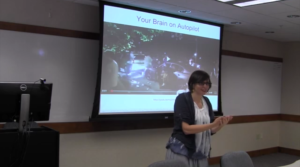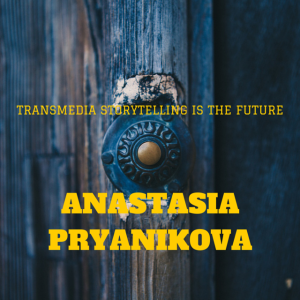Using BYOD in teaching and public speaking
 I recently returned from the University of Iowa where we held a 4-day workshop within our 2016 STARTALK grant program “Bridging the Gap: STARTALK, Teachers and High Tech.” This live workshop was a culmination of a four-week online training of teachers of Russian from various colleges and schools in the US on the use of instructional technology in distance learning, as well as teaching and leading lessons in a BYOD (Bring Your Own Device) format where students can utilize their smartphones and tablets during their language lessons.
I recently returned from the University of Iowa where we held a 4-day workshop within our 2016 STARTALK grant program “Bridging the Gap: STARTALK, Teachers and High Tech.” This live workshop was a culmination of a four-week online training of teachers of Russian from various colleges and schools in the US on the use of instructional technology in distance learning, as well as teaching and leading lessons in a BYOD (Bring Your Own Device) format where students can utilize their smartphones and tablets during their language lessons.
As a result of their learning and collaboration, the teachers created innovative learning objects that used technology to engage students through gamified scenarios and simulations and expand learning beyond traditional classrooms. We were inspired by the teachers’ creativity, flexibility and willingness to experiment with new approaches to education.
Teachers and speakers have a lot of common goals and tools when it comes to imparting their knowledge and message. In my future posts, I hope to share some of my own takeaways and reflections on how the use of multimedia and BYOD approaches can enhance speeches and presentations and provide fresh, new ways to engage the audience.
P.S. Subscribe to my newsletter above to receive future articles.

 environment. This is also true in the context of public speaking, especially for speakers who may experience social anxiety.
environment. This is also true in the context of public speaking, especially for speakers who may experience social anxiety.
